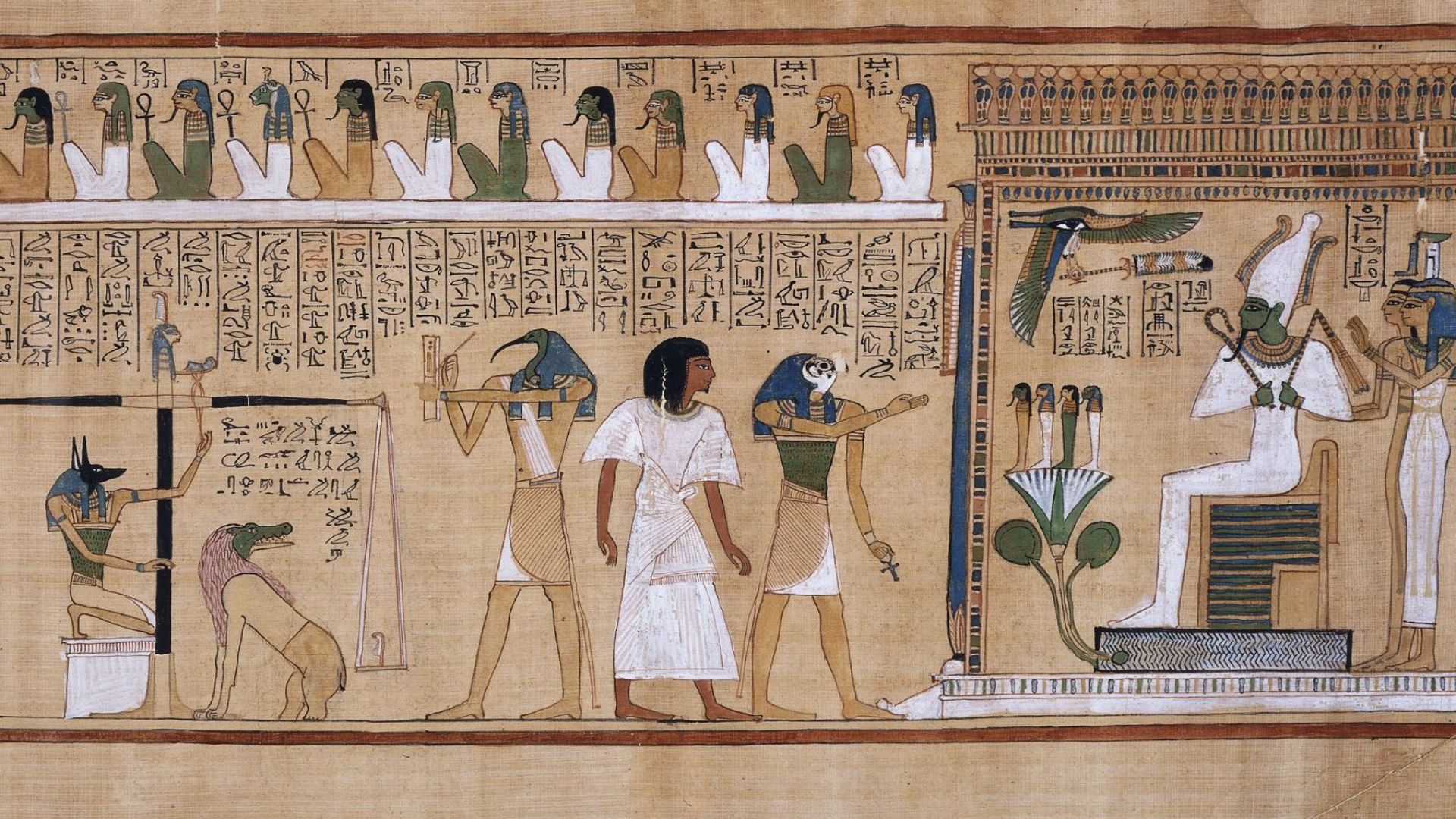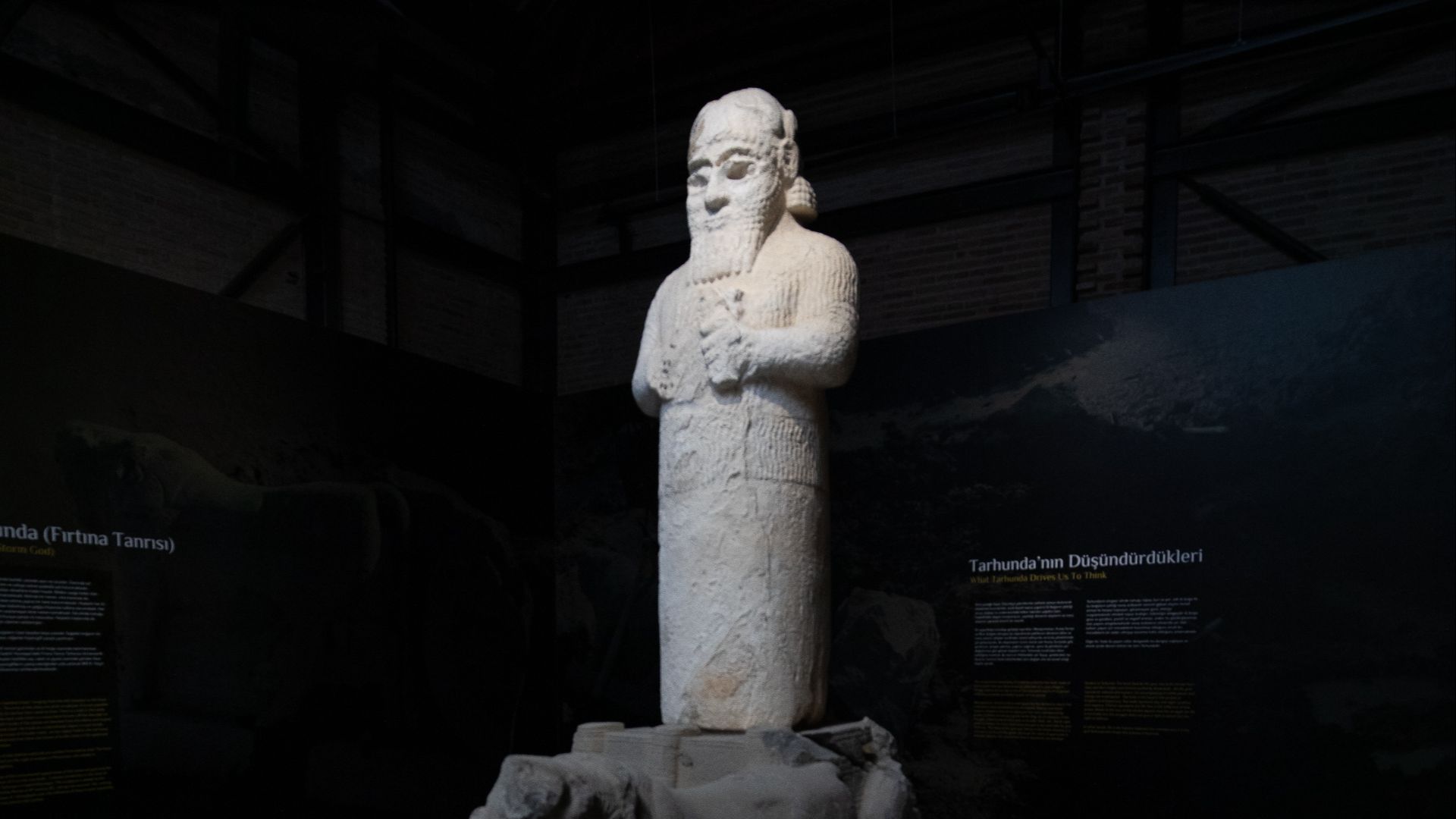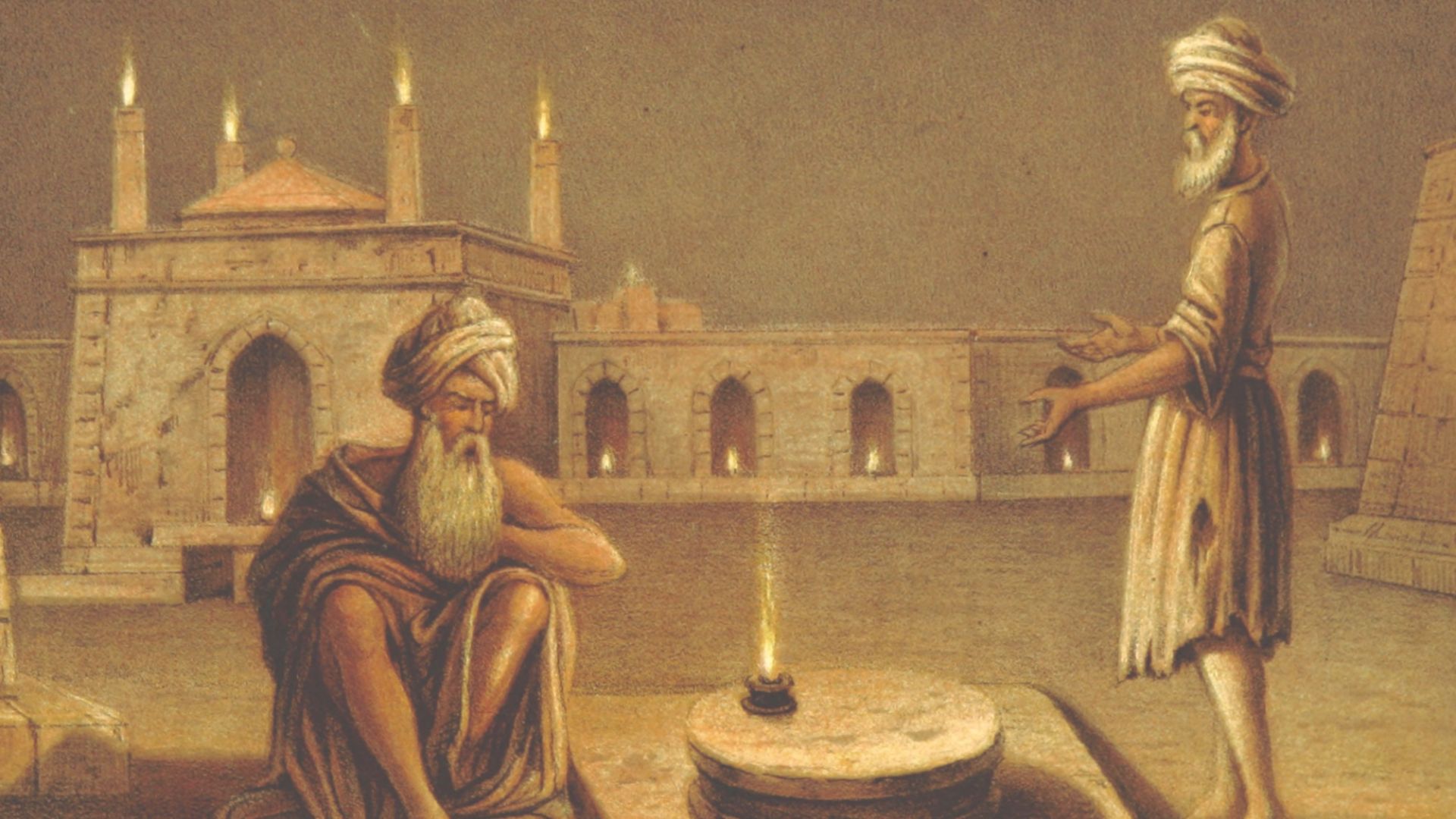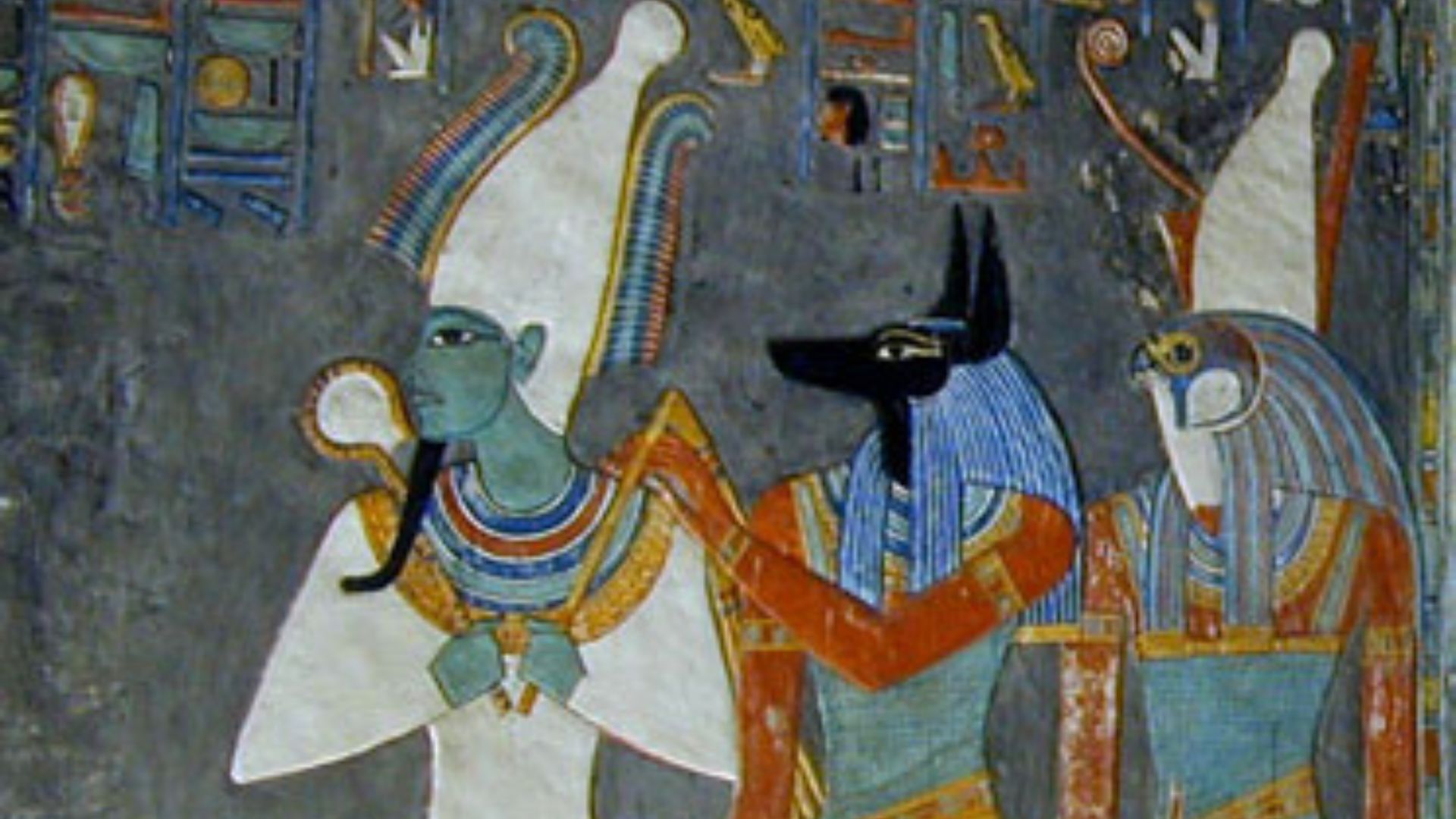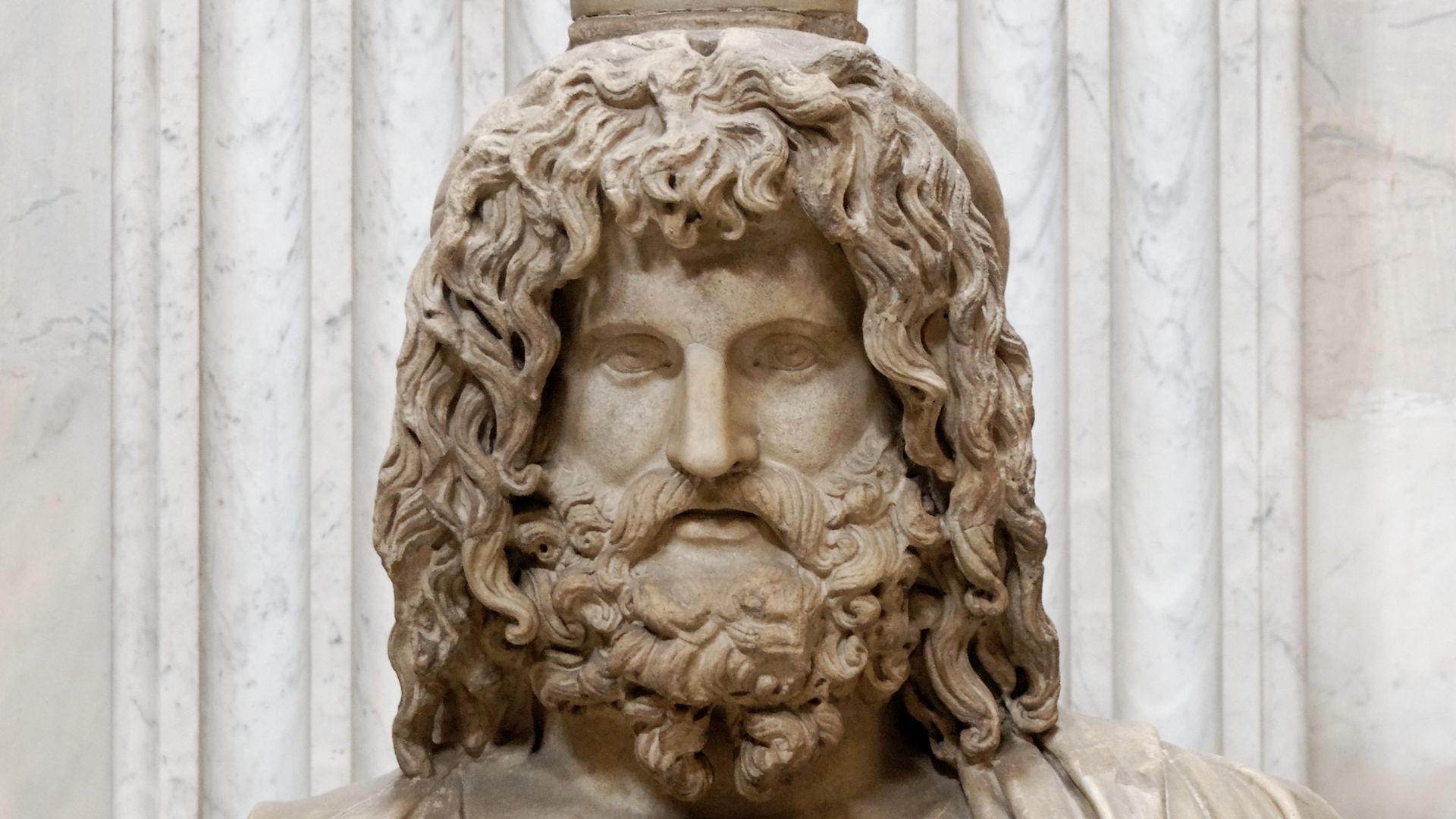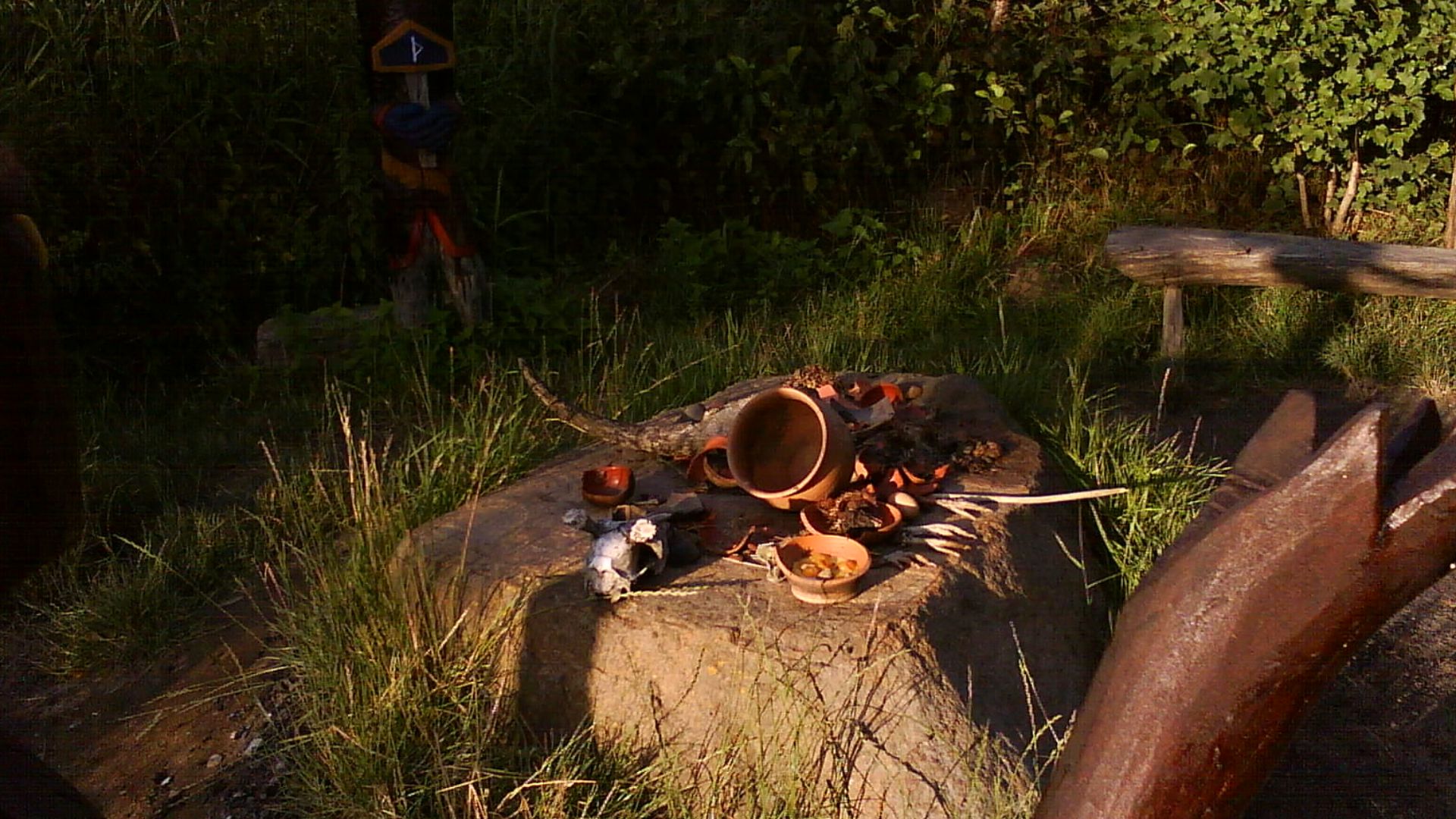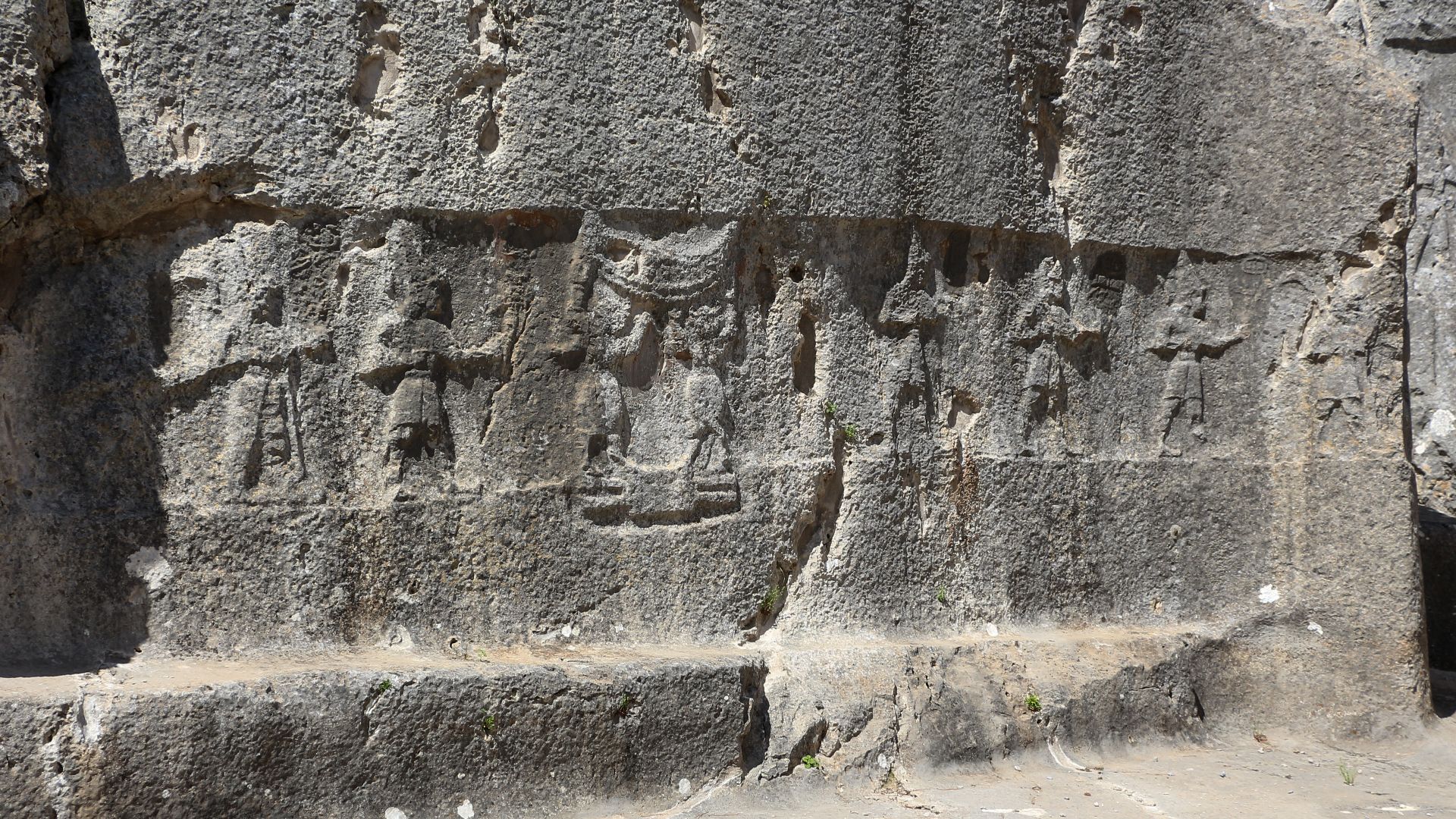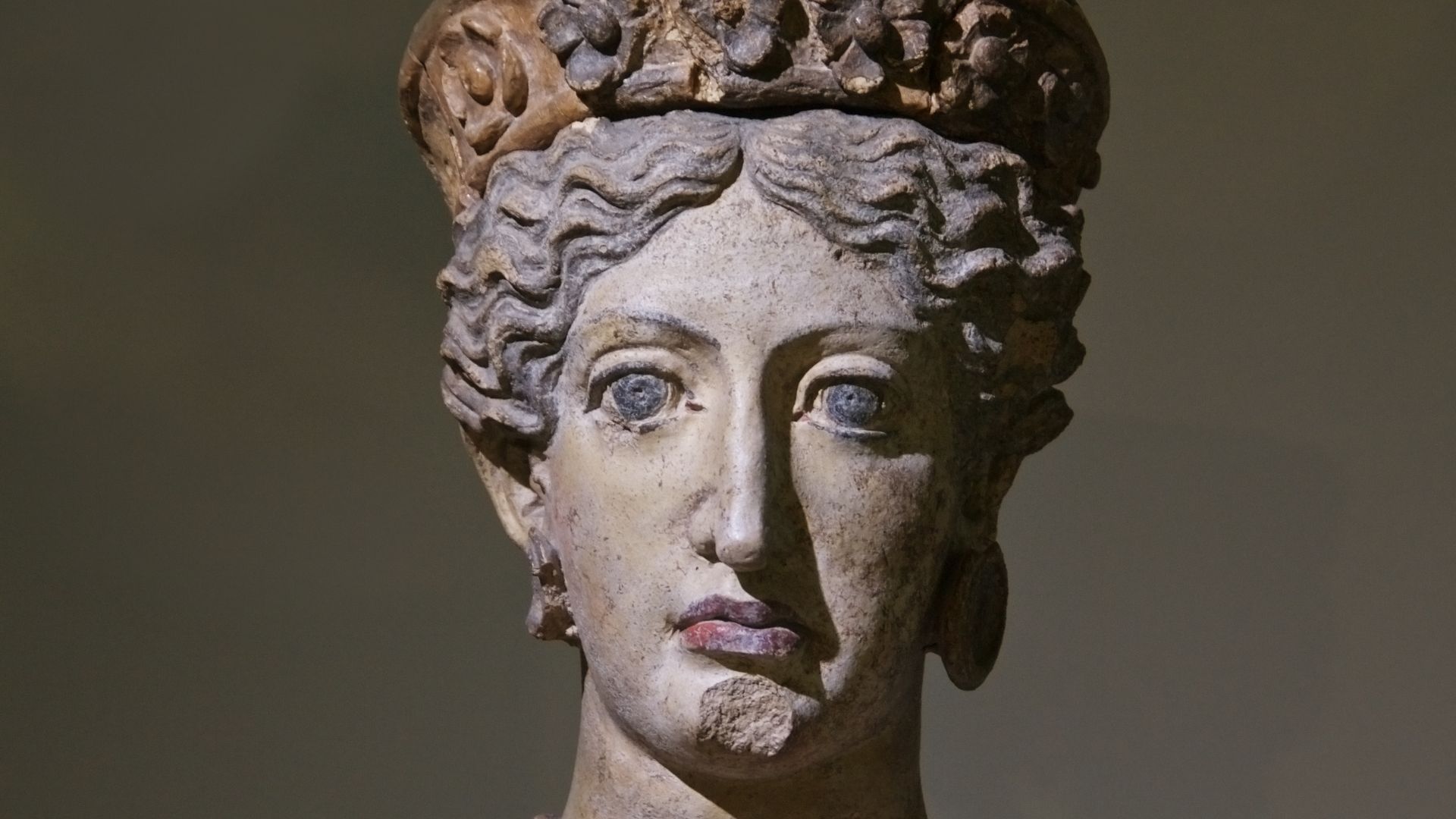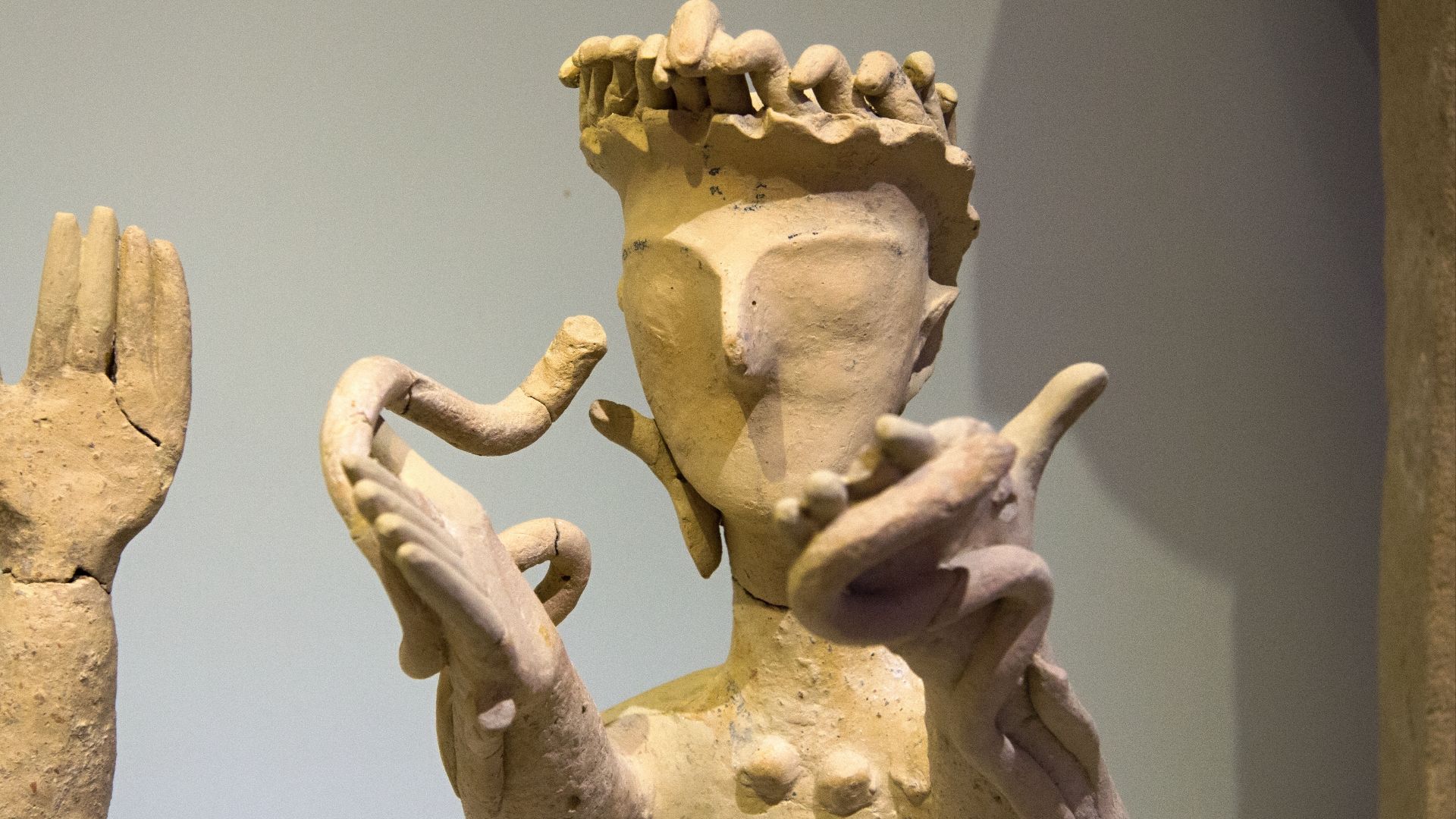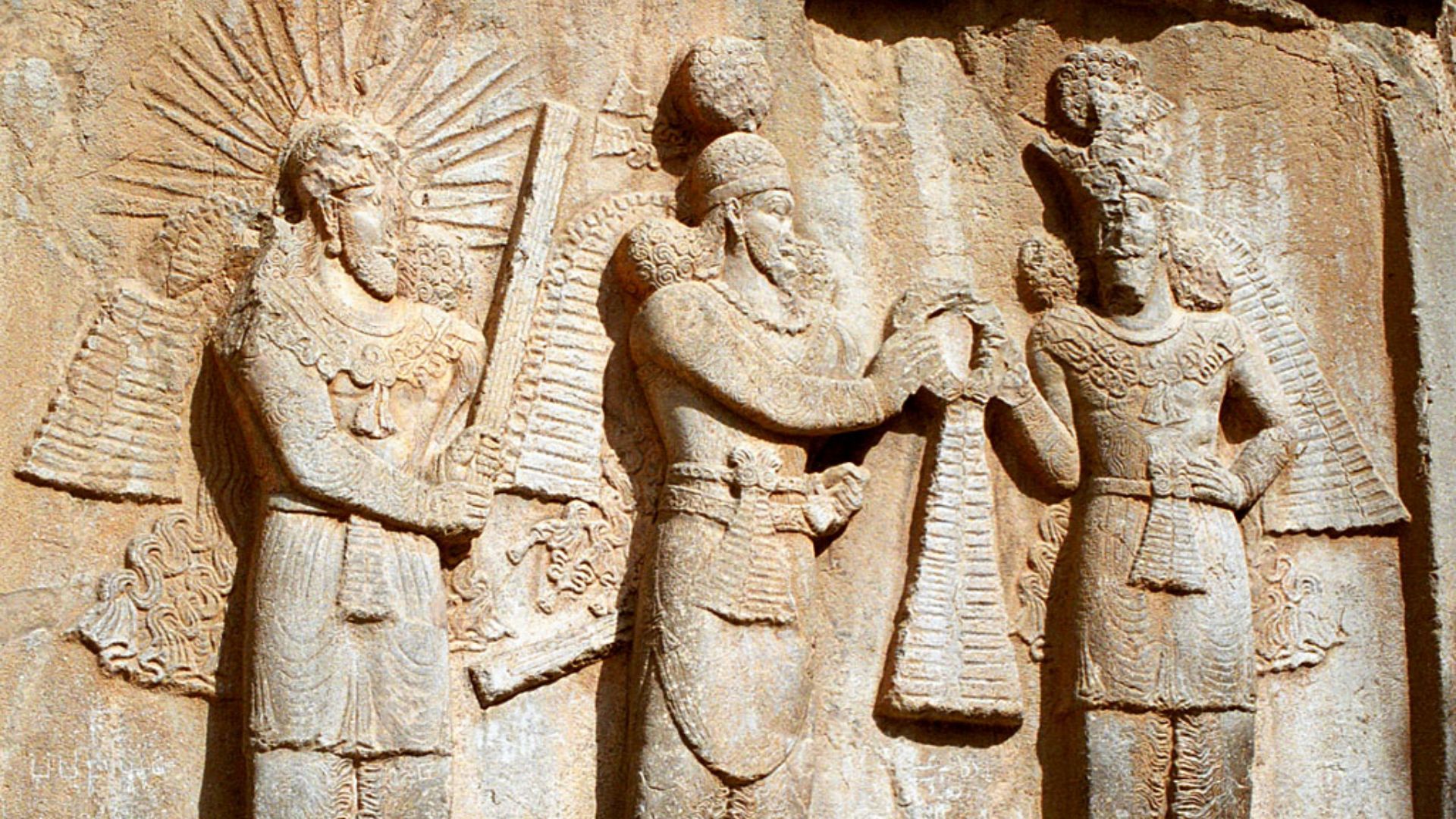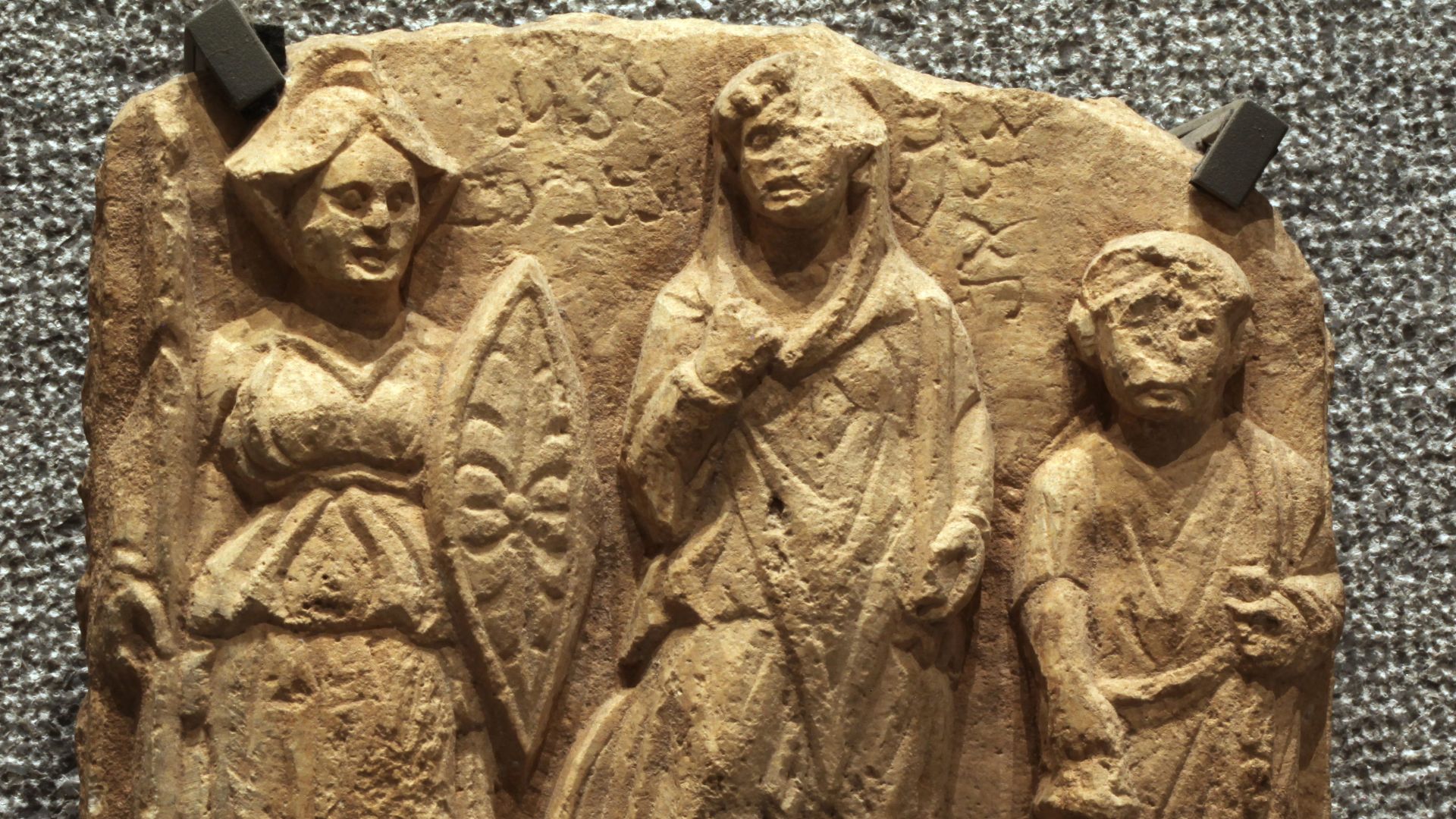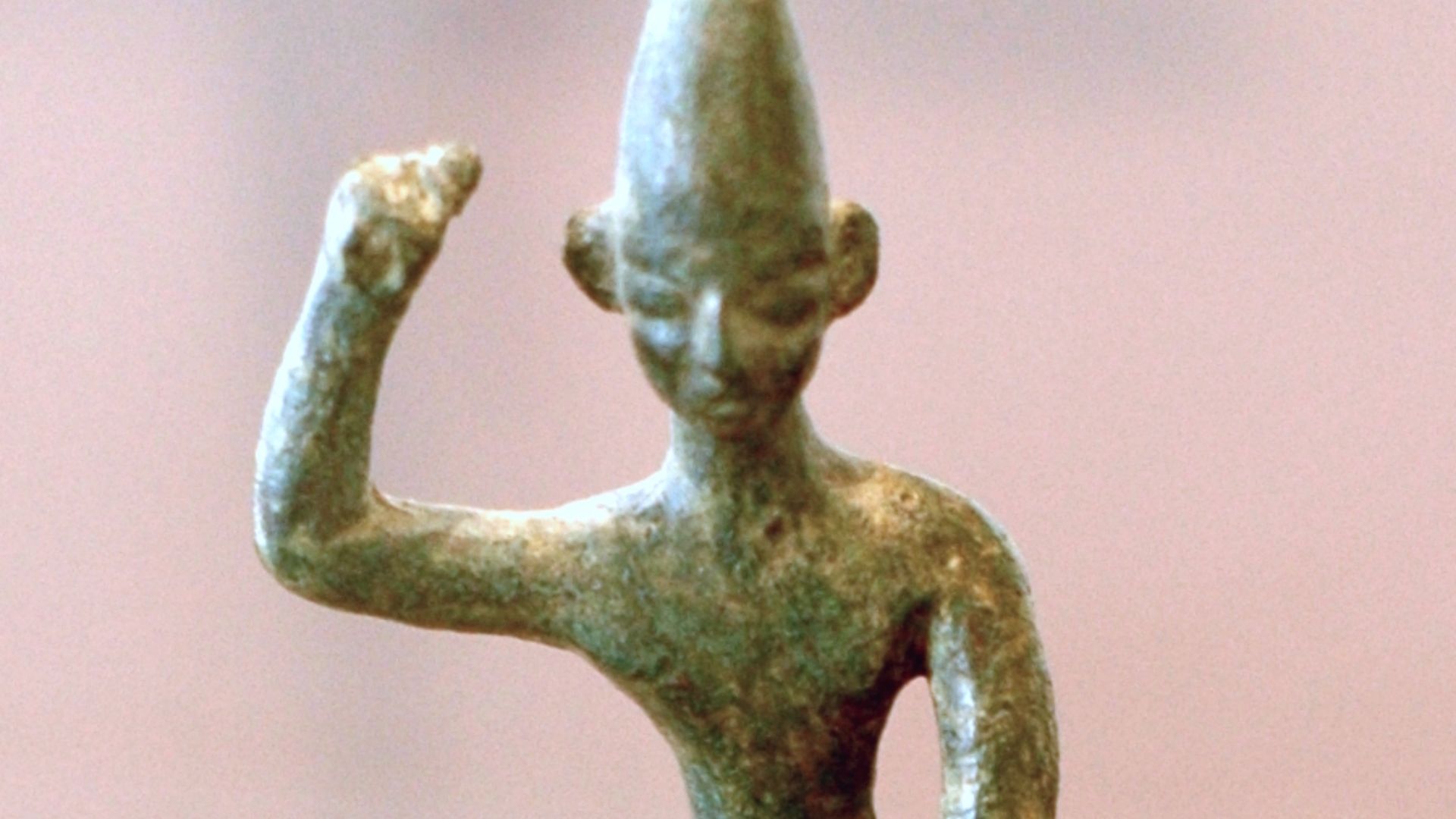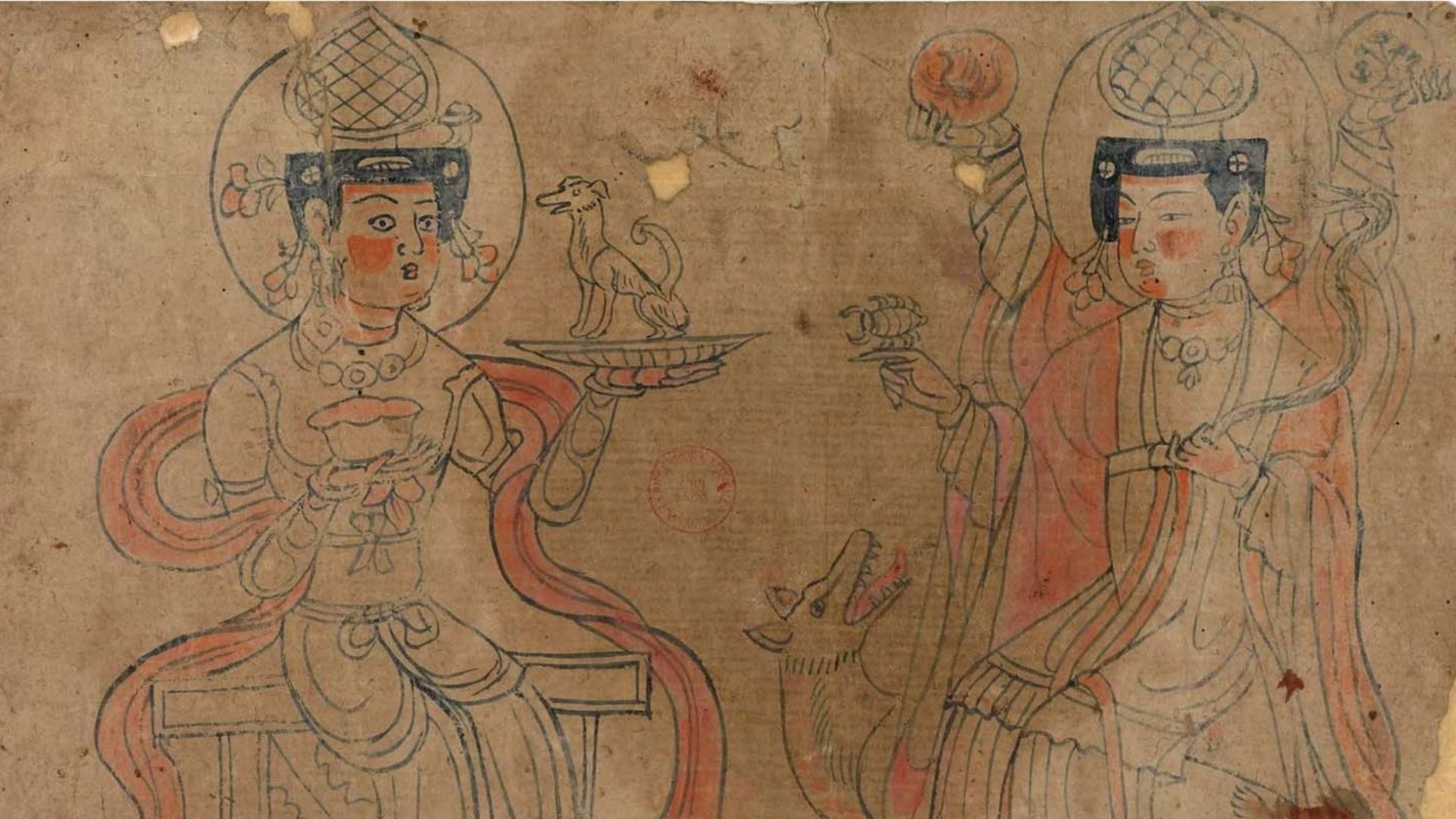Faiths Erased By Time
Long before today’s major religions existed, entire civilizations followed spiritual systems that shaped how they ruled kingdoms and understood the world around them. Some belief systems stretched across powerful empires, while others thrived in smaller, isolated societies. Gods of storms, fertility, and the underworld once held absolute influence over daily life. Though the faiths have vanished, their traces still shape the traditions and stories that surround us. Keep reading to know more about 20 such religions that have shaped some aspects of modern life but disappeared as cultures evolved.
1. Hittite Religion
The Hittites worshiped a storm god named Tarhun, placing him at the top of their pantheon. From 1600 to 1180 BCE in Anatolia, their rituals included sacrifices and divination. Eventually, the religion faded after the Hittite Empire collapsed, and later blended with Hurrian and Mesopotamian spiritual traditions.
2. Slavic Paganism
For the early Slavic people, sacred forest idols stood for gods like Perun and Veles across Eastern Europe. Though Christianity took hold in the 10th century, many folk customs preserved its old themes. Rituals in this religion were often tied to nature and agriculture, things that ensured survival for the people.
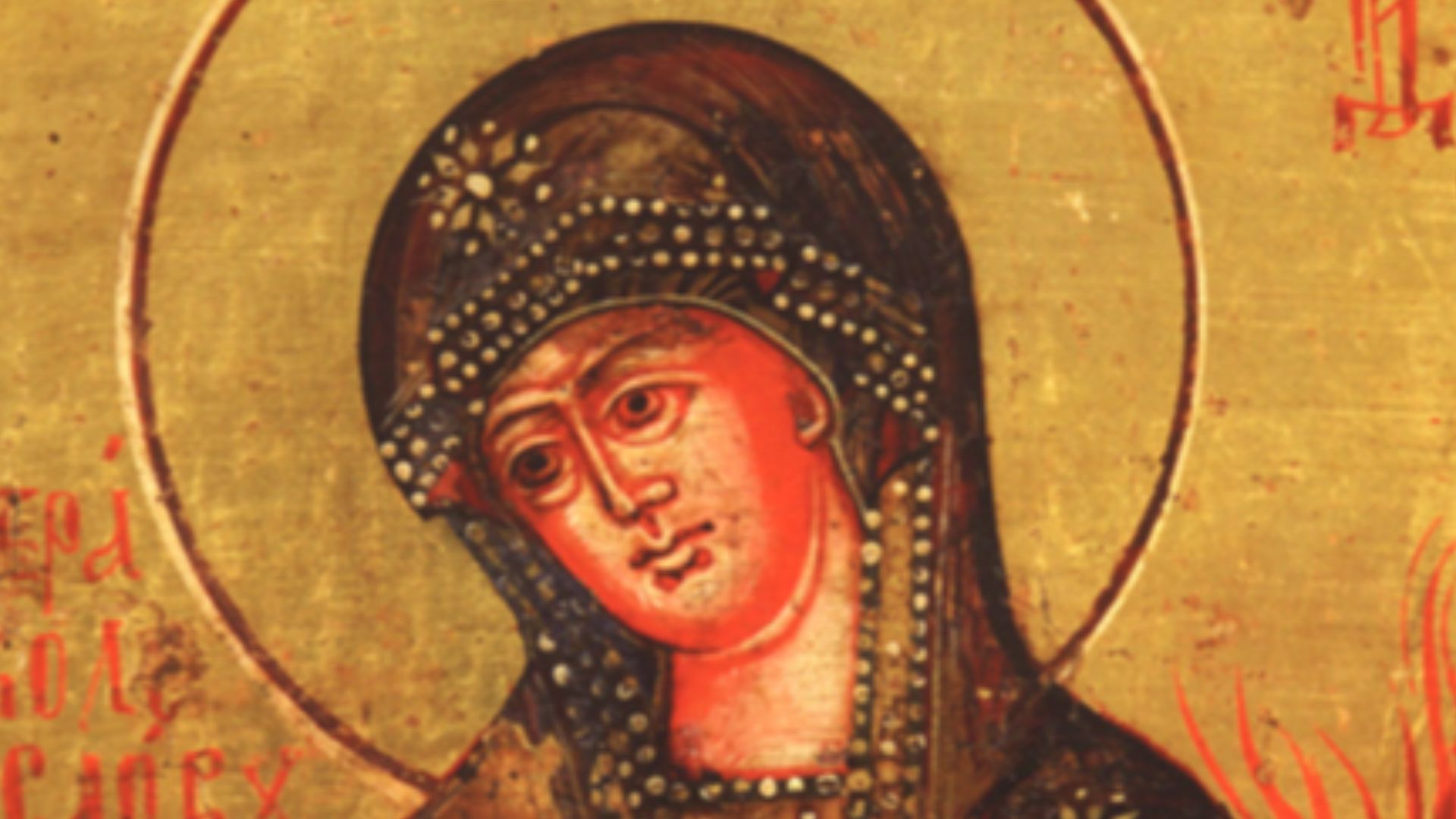 Unknown authorUnknown author on Wikimedia
Unknown authorUnknown author on Wikimedia
3. Elamite Religion
Elamite worship once centered on deities such as Inshushinak and Kiririsha in southwestern Iran. Temples rose in cities like Susa, where rituals included offerings and sacred fire. Their pantheon reflected local landscapes, with gods tied to mountains, fertility, and protection in daily and royal life.
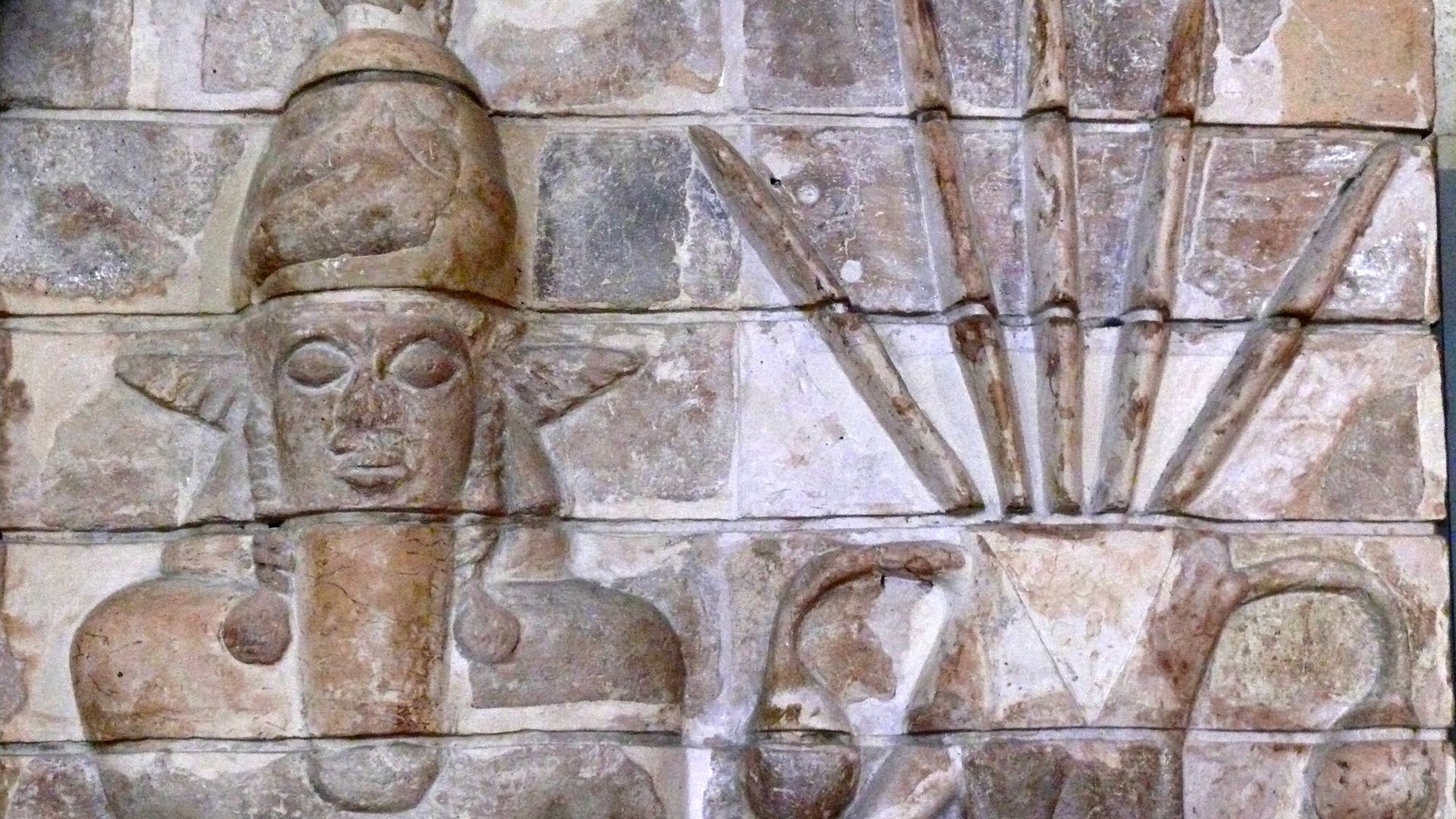 dynamosquito from France on Wikimedia
dynamosquito from France on Wikimedia
4. Zoroastrian Polytheism (Pre-Zarathustra)
Before Zoroaster’s reforms, ancient Iranians followed a polytheistic system rooted in Indo-Iranian tradition. They honored nature deities and used fire in ceremonies. At around 1000 BCE, Zoroaster introduced monotheism, gradually replacing the older faith that had once shaped Persian religious life.
5. Kemetic Religion (Ancient Egyptian Religion)
For over 3,000 years, Egyptians prayed to deities like Ra and Osiris and believed the soul faced judgment by the weight of the heart. Mummification preserved the body for use in the afterlife, where funerary spells, amulets, and tomb goods ensured safe passage and protection.
6. Hellenic Religion (Ancient Greek Religion)
A layered belief system once shaped Greek identity. Temples honored gods like Zeus through ritual, sacrifice, and public festivals. Oracles offered divine insight, with Delphi guiding both rulers and citizens. Beneath the surface, mystery cults, such as Eleusis, promised spiritual renewal through secret rites.
7. Norse Paganism
Thor, Odin, Freyja, and Loki shaped Viking life through myth and ritual, where blóts (ritual sacrifice) were offered to win their favor. Norse beliefs began to fade as Christianization swept through Scandinavia. Still, the prophecy of Ragnarok remained a powerful symbol of endings and renewal.
8. Sumerian Polytheism
In Mesopotamia around 4500 BCE, people worshiped gods like Enlil and Inanna. Their temples, known as ziggurats, towered over city centers, and daily offerings were believed to feed the gods. This early belief system influenced the Akkadians and viewed gods as very humanlike.
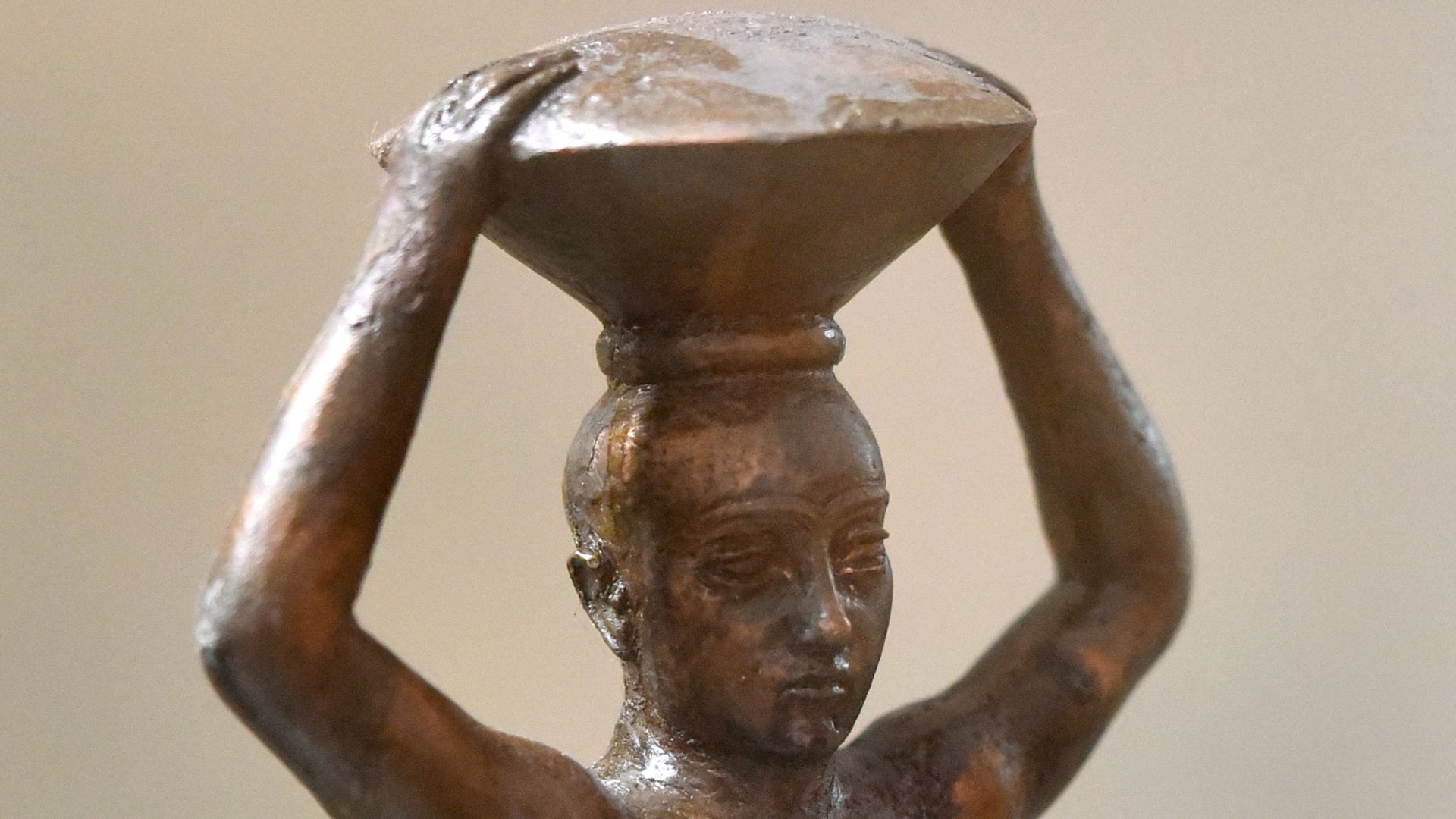 Osama Shukir Muhammed Amin FRCP(Glasg) on Wikimedia
Osama Shukir Muhammed Amin FRCP(Glasg) on Wikimedia
9. Hurrian Religion
The Hurrians worshiped Teshub and Hebat, spreading their religion through cities like Ugarit in northern Mesopotamia. Their mythology, preserved in clay tablets, heavily influenced Hittite beliefs. After the cities fell around 1200 BCE, the once-powerful religion quietly disappeared from history.
10. Etruscan Religion
Between 700 and 300 BCE, Etruscans in Italy honored gods like Tinia and Uni and used animal entrails to interpret divine will. Priests called haruspices read liver patterns during state rituals, while sacred books guided ceremonies that influenced Roman religious law and temple design.
11. Minoan Religion
Snake-wielding goddesses and mountaintop sanctuaries defined this early Cretan belief system, which was active between 3000 and 1100 BCE. Led likely by priestesses, the Minoan religion emphasized female divinity. Its symbols and rituals centered on nature, animals, and the life-giving power of the earth.
12. Mithraism
Centered on the god Mithras, this Roman mystery religion attracted soldiers and merchants with its promise of loyalty, rebirth, and cosmic struggle. Initiates met in cave-like temples and underwent secret rites. Once widespread across the empire, Mithraism vanished entirely by the late 4th century CE.
13. Nabataean Religion
In Petra’s carved sandstone temples, the Nabataeans worshiped gods like Dushara and Allat by blending Semitic and Greco-Roman traditions. They left behind inscriptions and rock-cut sanctuaries that reveal a fusion of desert ritual and cross-cultural trade devotion.
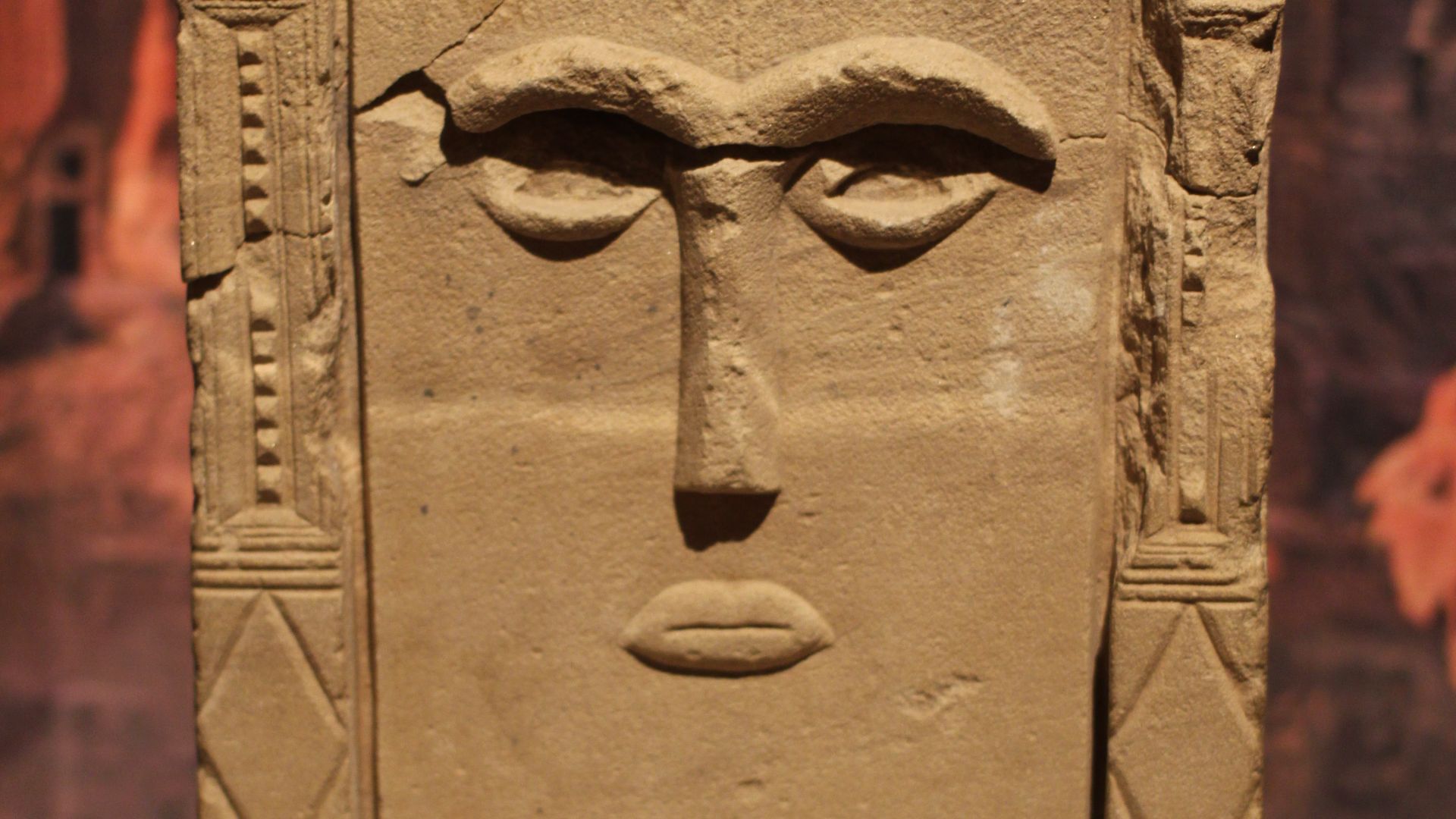 Anderson, Bjorn. University of Iowa on Wikimedia
Anderson, Bjorn. University of Iowa on Wikimedia
14. Celtic Polytheism
Celtic religion was widespread across Gaul and the British Isles before Roman rule began to take over. Druids played a central role by leading rituals in sacred groves and honoring gods like Brigid and Lugh. Their seasonal festivals, especially Samhain, would eventually shape modern celebrations like Halloween.
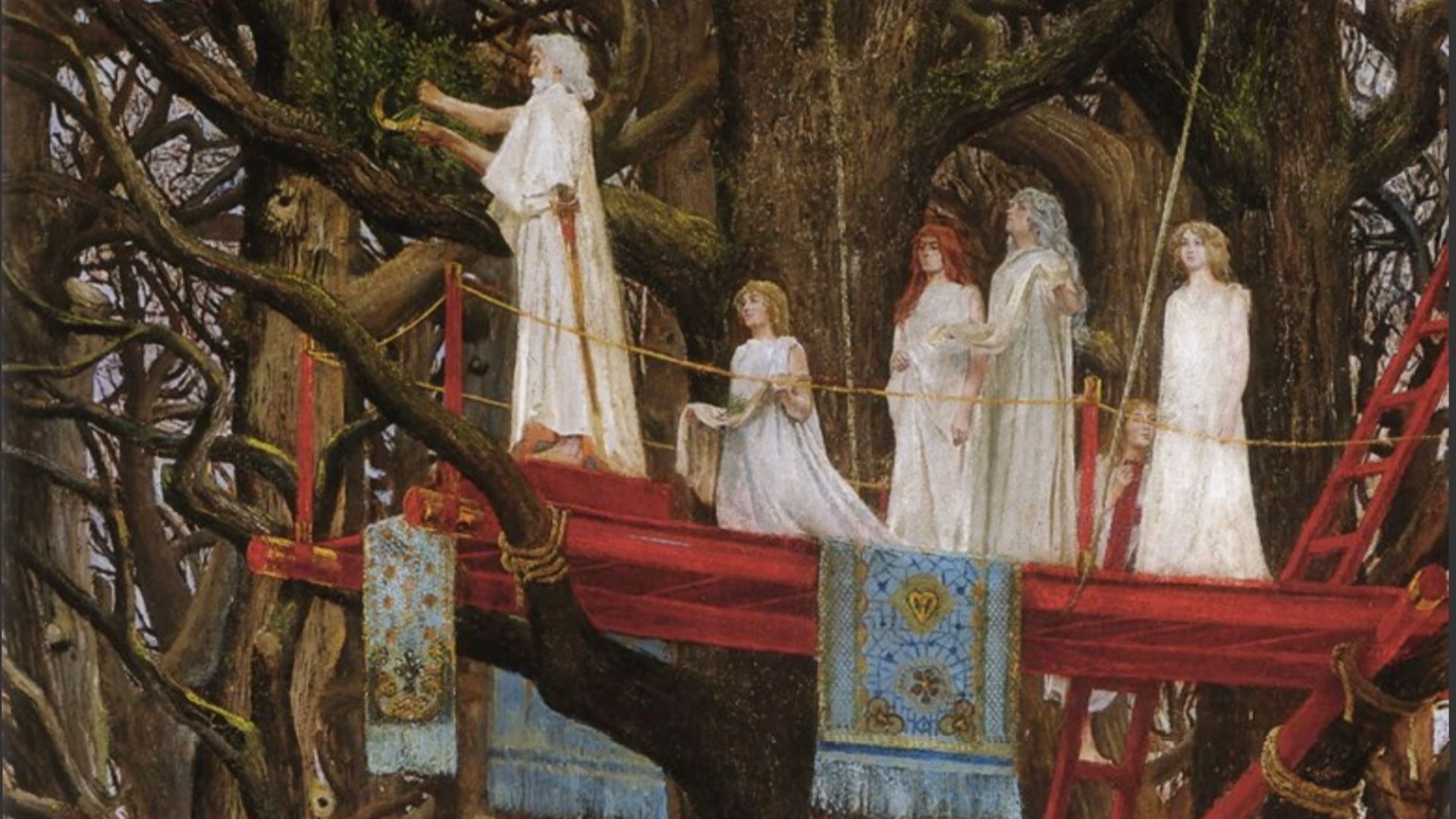 Henri-Paul Motte (1846-1922) on Wikimedia
Henri-Paul Motte (1846-1922) on Wikimedia
15. Manichaeism
Founded by the prophet Mani in the 3rd century CE, Manichaeism taught that all existence was a struggle between Light and Darkness. Drawing from Zoroastrian, Christian, and Buddhist influences, it spread from Rome to China. The religion promoted strict discipline and the soul's liberation from material bondage.
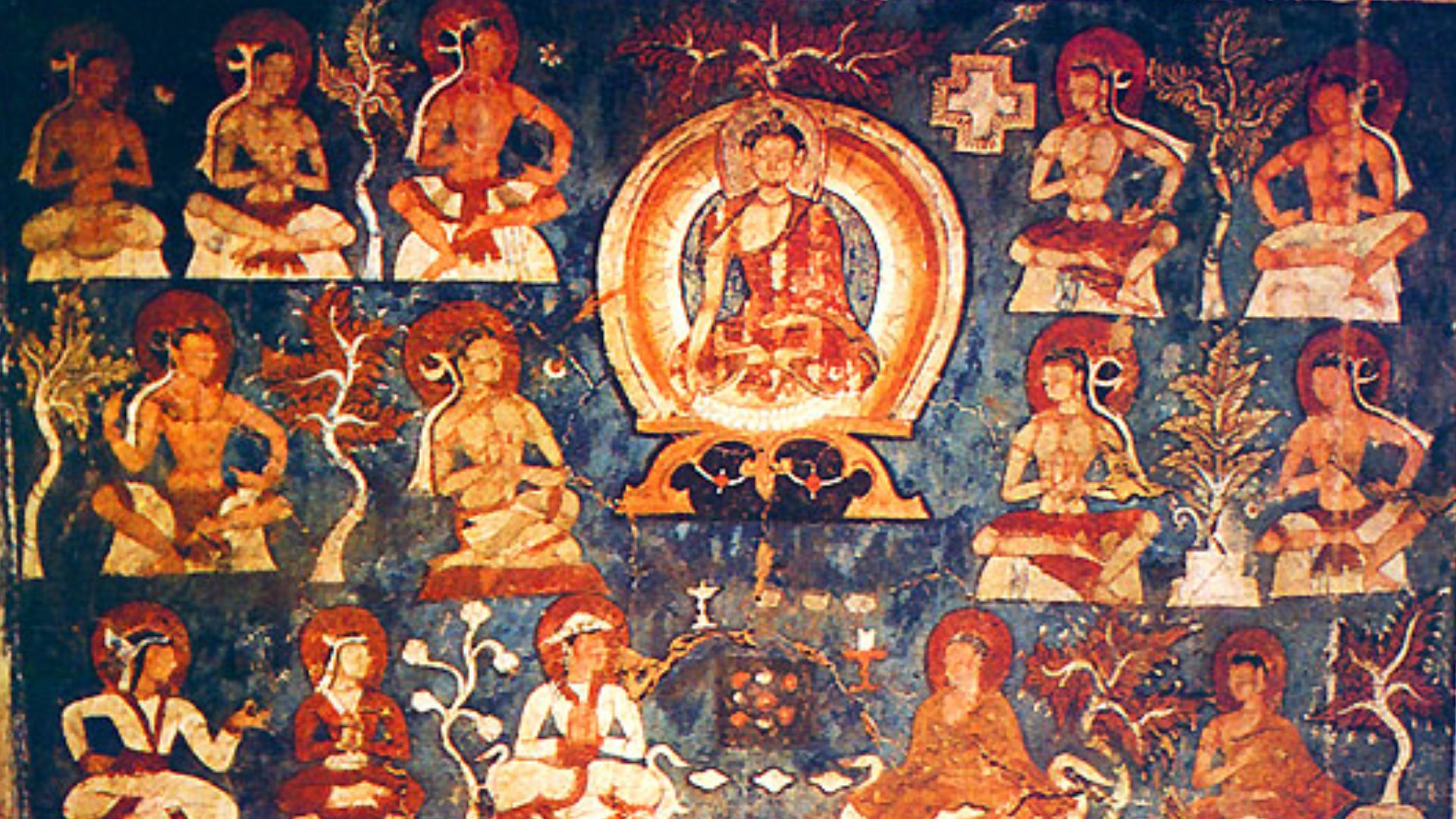 AnonymousUnknown author on Wikimedia
AnonymousUnknown author on Wikimedia
16. Phrygian Religion
Wild music and ecstatic rites surrounded the worship of Cybele in the 8th century, the central figure in Phrygian belief. Over time, Roman cults adopted parts of this worship, and the original form gradually disappeared. The religion's strong emotional rituals made it stand out from other ancient systems.
17. Arabian Polytheism
Arabian tribes once worshiped gods, spirits, and celestial beings. Shrines, such as the Kaaba, housed tribal idols like Hubal, Al-Lat, and Manat. Their rituals involved offerings and invocations for rain, protection, and fortune, which were deeply tied to clan identity and survival.
18. Canaanite Religion
The Canaanites worshiped gods like El, Baal, and Asherah. Their rituals involved animal sacrifice, sacred groves, and seasonal festivals tied to fertility and weather. Clay tablets from Ugarit reveal myths and prayers that hint at a world shaped by divine storms and ancestral ties.
19. Chaldaean Religion
Rooted in Mesopotamian tradition, Chaldaean religion blended astrology, astronomy, and polytheism. Deities like Marduk and Ishtar were honored in grand ziggurats through precise rites. Known for their stargazing priesthood, the Chaldaeans left a deep mark on Babylonian culture and science.
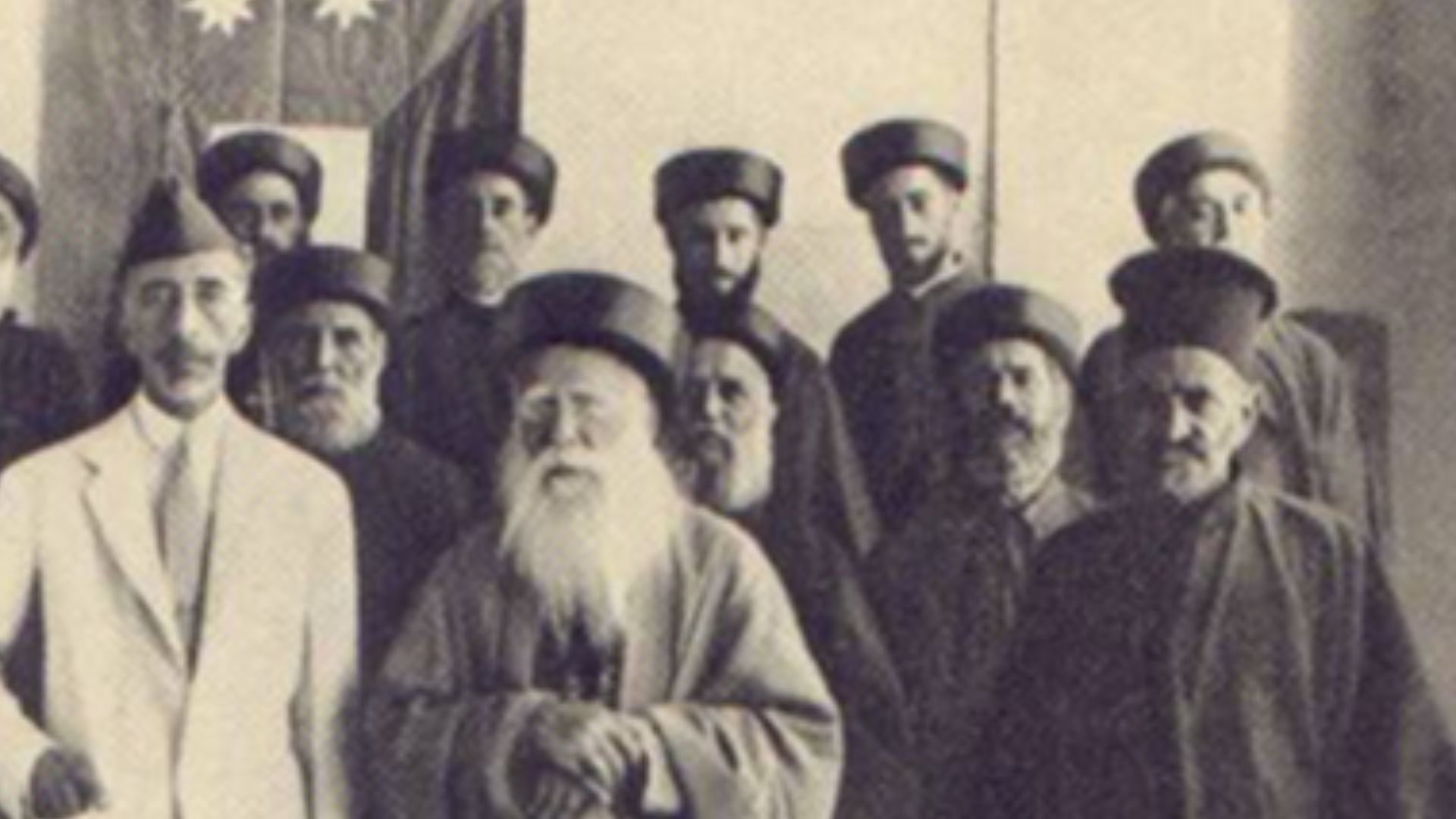 Unknown authorUnknown author on Wikimedia
Unknown authorUnknown author on Wikimedia
20. Sogdian Religion
Religious life along the Silk Road thrived under Sogdians, who fused elements of Buddhism, Zoroastrianism, and Manichaeism. They even built monasteries and fire temples. Although Islamic expansion led to the gradual decline of these beliefs, Sogdian traders helped spread their religion throughout Central Asia.
KEEP ON READING
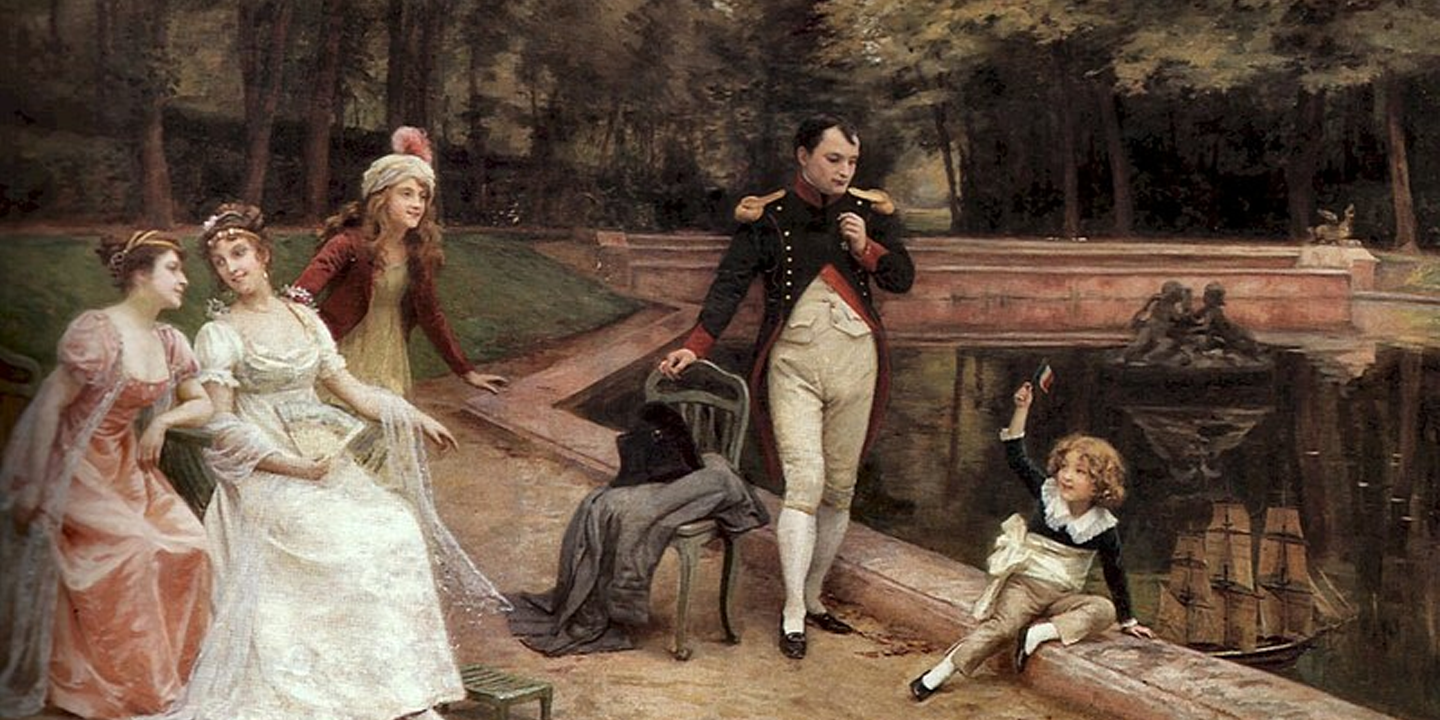
The 20 Most Recognized Historical Figures Of All Time
The Biggest Names In History. Although the Earth has been…
By Cathy Liu Oct 4, 2024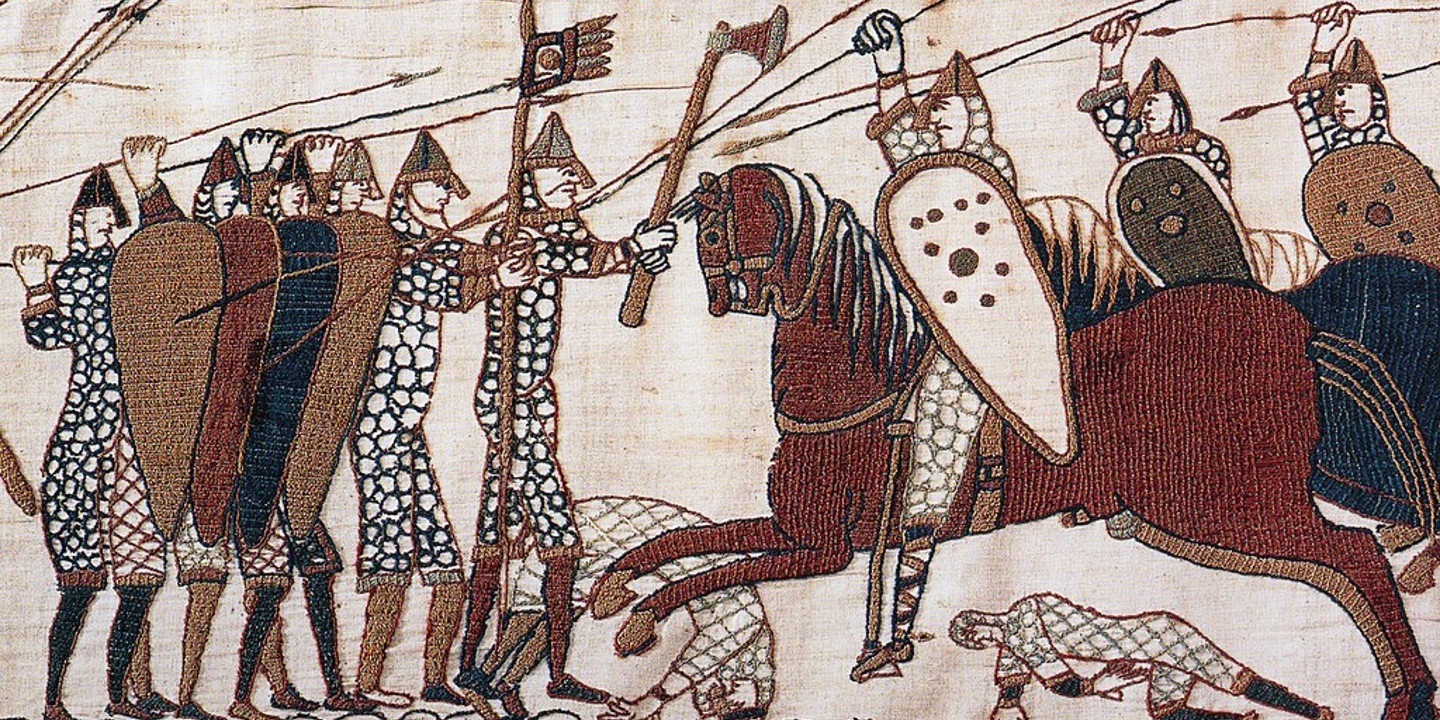
10 of the Shortest Wars in History & 10 of…
Wars: Longest and Shortest. Throughout history, wars have varied dramatically…
By Emilie Richardson-Dupuis Oct 7, 2024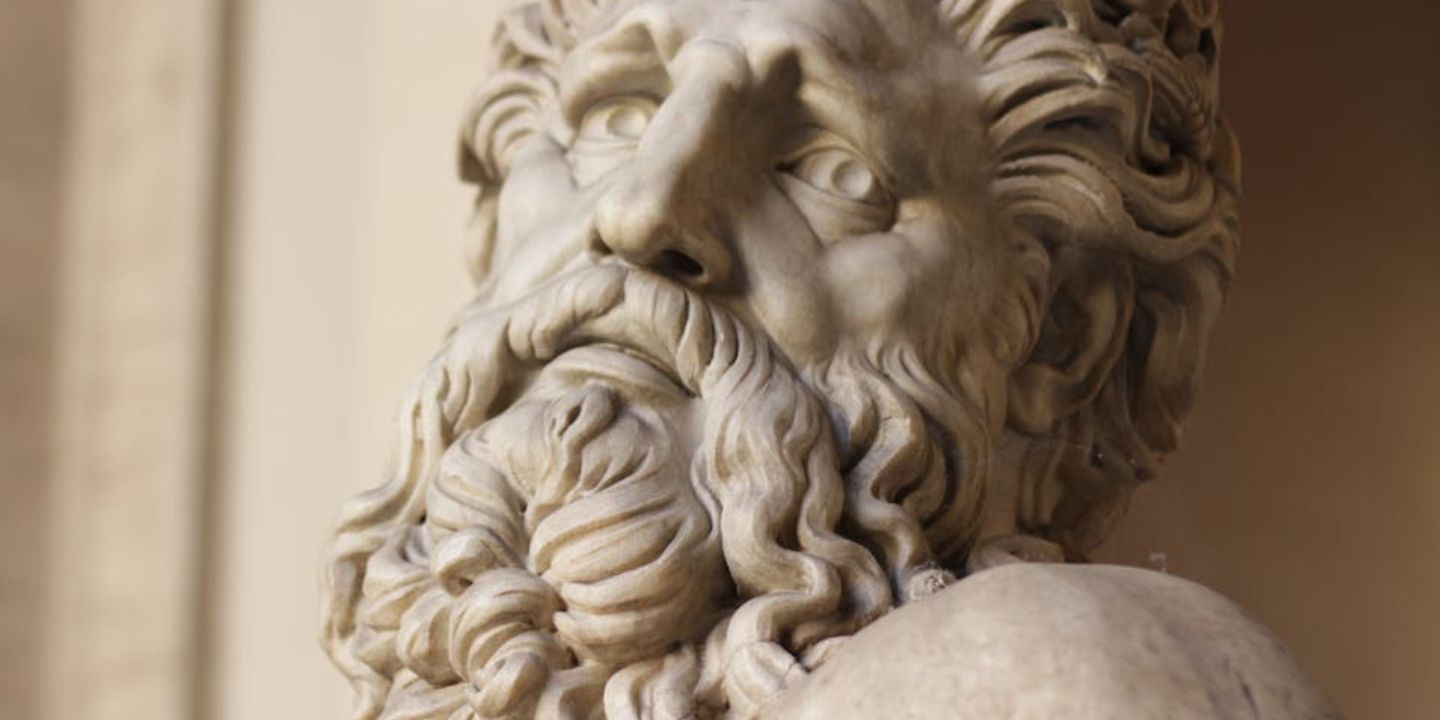
10 Fascinating Facts About Ancient Greece You Can Appreciate &…
Once Upon A Time Lived Some Ancient Weirdos.... Greece is…
By Megan Wickens Oct 7, 2024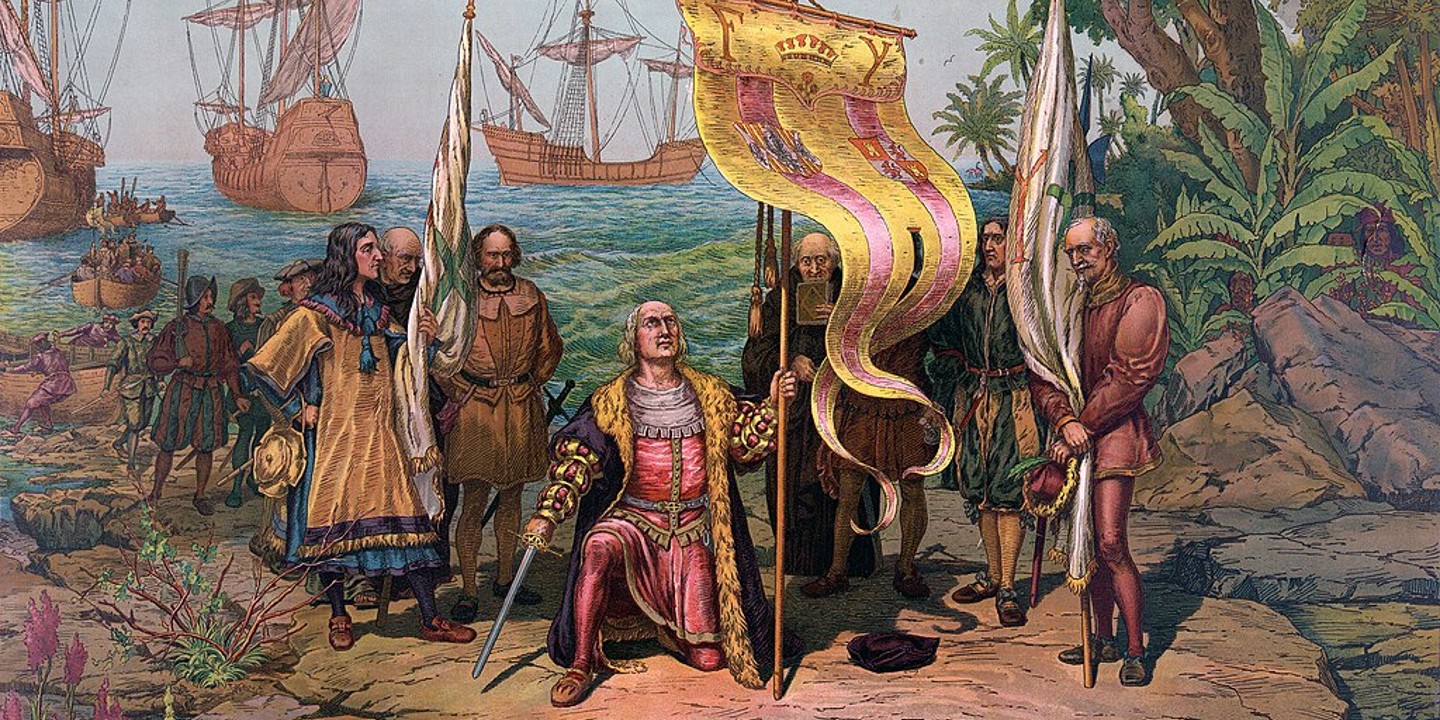
20 Lesser-Known Facts About Christopher Columbus You Don't Learn In…
In 1492, He Sailed The Ocean Blue. Christopher Columbus is…
By Emilie Richardson-Dupuis Oct 9, 2024
20 Historical Landmarks That Have The Craziest Conspiracy Theories
Unsolved Mysteries Of Ancient Places . When there's not enough evidence…
By Megan Wickens Oct 9, 2024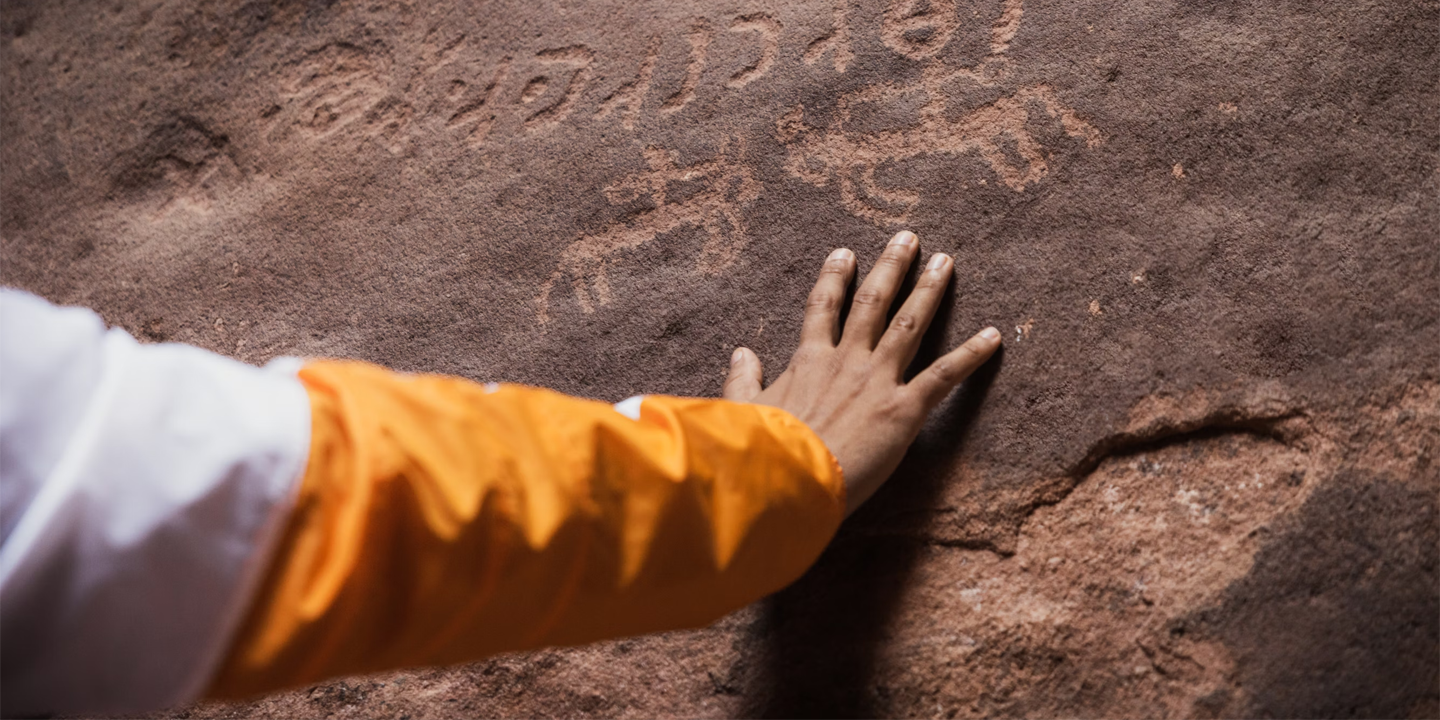
The 20 Craziest Inventions & Discoveries Made During Ancient Times
Crazy Ancient Inventions . While we're busy making big advancements in…
By Cathy Liu Oct 9, 2024

